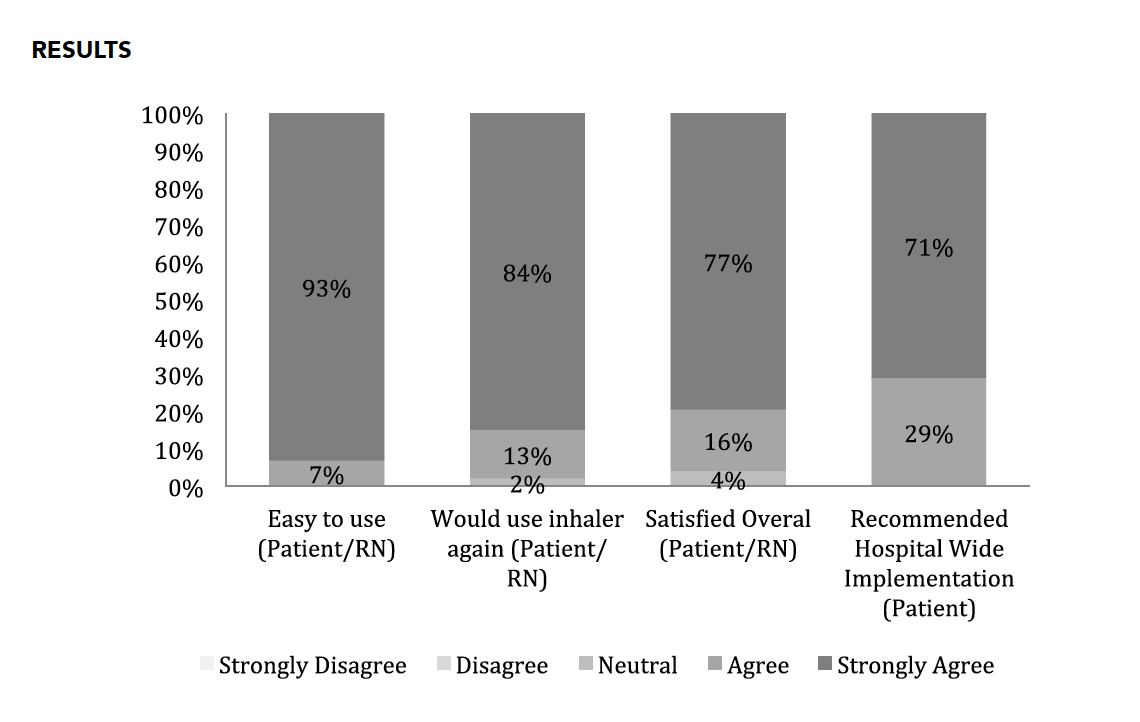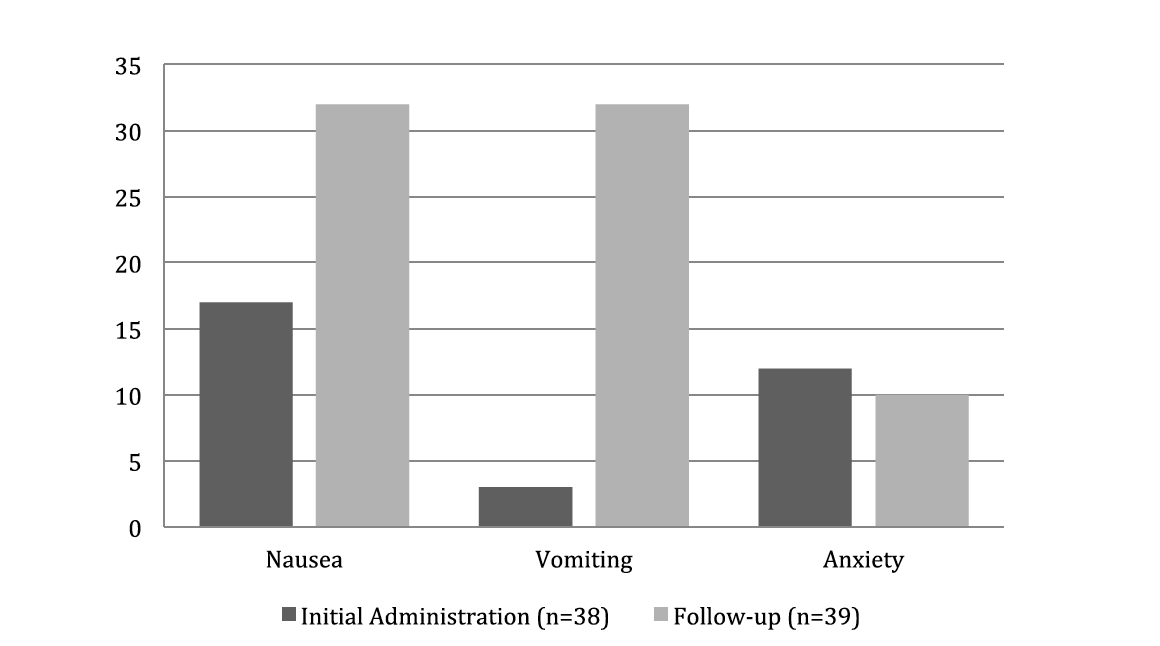
At the St. Jude Children’s Research Hospital, data collected from a three-month pilot project showed QueaseEASE® to be a feasible and effective intervention for PONV. It also found that patients, families and nursing staff were highly satisfied with QueaseEASE®.
AUTHOR(S): Melinda Burks BSN, RN, CPHON, Tara Chambers MSN, RN, Heather Bradley BA, RN, Kristy Gibbons MS, RD, CSP, CSO, LDN, Emily Browne, DNP, RN, CPNP
DATE: September 2014
READ THE FULL STUDY BELOW:
INTRODUCTION
Aromatherapy is the therapeutic use of essential oils from plants to support and balance the mind, body, and spirit to improve quality of life and increase well-being. Pediatric oncology patients experience multiple distressing symptoms and side effects from their disease and treatment. Aromatherapy can complement conventional treatment by reducing or eliminating side effects such as nausea, vomiting and anxiety. The objective of this project is to assess the satisfaction and feasibility of implementing aromatherapy in the pediatric oncology setting.
METHODS
During a 3-month pilot program, patients in the Nursing Surgical Services Procedures Department with symptoms of nausea, vomiting, and/or anxiety were offered the QueaseEASE® aromatic inhaler (n=39). Patients were excluded if they were younger than two years of age, had a history of asthma, current respiratory symptoms, perfume sensitivity, or essential oil allergies. The nurse educated the patient/parent and dispensed the product for patient self-administration. Nurses and patients or parents completed evaluations at the time of initial administration. Satisfaction and feasibility were assessed and general comments were solicited. Two weeks later, the patient or parent received a follow-up phone call to assess ongoing use and satisfaction.

Figure 1. Results of satisfaction survey distributed to patients/families (n= 39) and nurses (n=25).

Figure 2. Types of symptoms triggering aromatherapy use at the time of initial administration and during the follow-up period.
CONCLUSIONS
Aromatherapy usage can decrease the need for medications and improve a patient’s quality of life and general feeling of well-being. Aromatherapy is a feasible intervention, resulting in highly-satisfied patients, parents, and nurses. It is recommended that it be available hospital-wide.
COMMENTS FROM PATIENTS AND PARENTS REGARDING ONGOING AROMATIC INHALER USE
13-year-old patient: “QueaseEASE® is easy to use and stops nausea fast.” Mother of 15-year-old patient with Down Syndrome: “He likes to smell the QueaseEASE® and it has helped to decrease his nausea and vomiting from chemo. He is able to use it himself and even got it out of my bag and put it on his pillow. It seems to help him relax.”
Mother of 7-year-old patient: “QueaseEASE® has helped decrease her anxiety with port access and also helps with nausea from chemo. I really like the fact that she can use the QueaseEASE® and it is not a medication but a natural product.”
Mother of 13-year-old patient: “QueaseEASE® has really helped to decrease his anxiety with port access and also prior to procedures under anesthesia. He no longer needs to take Ativan before his port is accessed.”
